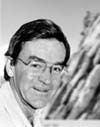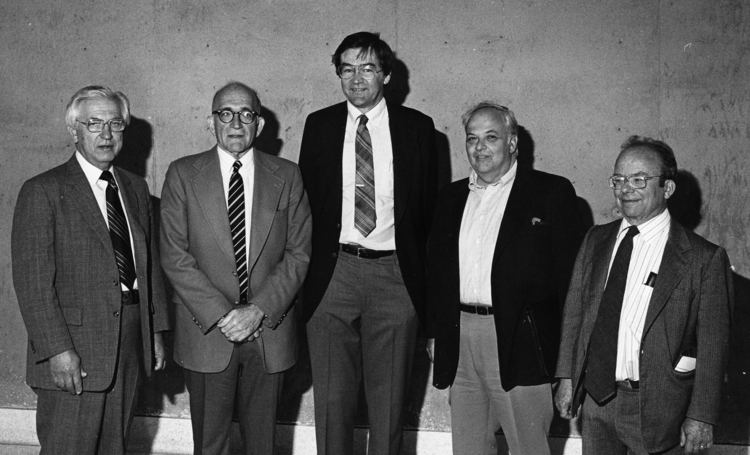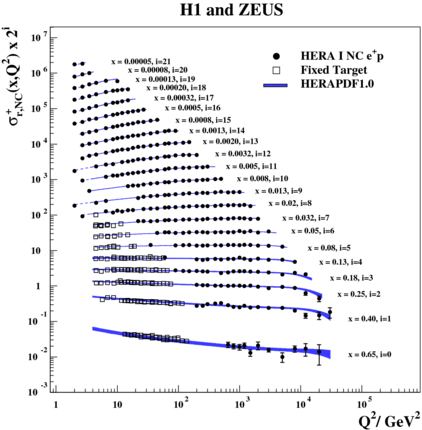Nationality American | Name James Bjorken Role Physicist | |
 | ||
Notable awards Putnam Fellow (1954)Heineman Prize (1972)E. O. Lawrence Award (1977)Pomeranchuk Prize (2000)ICTP Dirac Medal (2004)Wolf Prize in Physics (2015)European Physical Society High Energy and Particle Physics Prize (2015) Books In Conclusion: A Collection of Summary Talks in High Energy Physics | ||
James Bjorken | Wikipedia audio article
James Daniel "BJ" Bjorken (born 1934) is an American theoretical physicist. He was a Putnam Fellow in 1954, received a BS in physics from MIT in 1956, and obtained his PhD from Stanford University in 1959. He was a visiting scholar at the Institute for Advanced Study in the fall of 1962. Bjorken is Emeritus Professor at the Stanford Linear Accelerator Center, and was a member of the Theory Department of the Fermi National Accelerator Laboratory (1979–1989).
Contents
- James Bjorken Wikipedia audio article
- James Bjorken y Richard Feynman
- Work
- Books
- Selected papers
- Full list of papers
- References

He was awarded the Dirac Medal of the ICTP in 2004; and, in 2015, the Wolf Prize in Physics and the EPS High energy and particle physics prize. (de:High Energy and Particle Physics Prize)

James Bjorken y Richard Feynman
Work

Bjorken discovered in 1968 what is known as light-cone scaling, (or Bjorken scaling) a phenomenon in the deep inelastic scattering of light on strongly interacting particles, known as hadrons (such as protons and neutrons): Experimentally observed hadrons behave as collections of virtually independent point-like constituents, when probed at high energies.

Properties of these hadrons scale, that is, they are determined not by the absolute energy of an experiment, but, instead, by dimensionless kinematic quantities, such as a scattering angle or the ratio of the energy to a momentum transfer. Because increasing energy implies potentially improved spatial resolution, scaling implies independence of the absolute resolution scale, and hence effectively point-like substructure.

This observation was critical to the recognition of quarks as actual elementary particles (rather than just convenient theoretical constructs), and led to the theory of strong interactions known as quantum chromodynamics, where it was understood in terms of the asymptotic freedom property. In Bjorken's picture, the quarks become point-like, observable objects at very short distances (high energies), shorter than the size of the hadrons.
Bjorken was also among the first to point out to the phenomena of jet quenching in heavy ion collisions in 1982.
Richard Feynman subsequently reformulated this concept into the parton model, used to understand the quark composition of hadrons at high energies. The predictions of Bjorken scaling were confirmed in the early late 1960s electroproduction experiments at SLAC, in which quarks were seen for the first time. The general idea, with small logarithmic modifications, is explained in quantum chromodynamics by "asymptotic freedom".
Bjorken co-authored, with Sidney Drell, a classic companion volume textbook on relativistic quantum mechanics and quantum fields.
Books
Selected papers
Full list of papers
INSPIRE-HEP -- Bjorken
